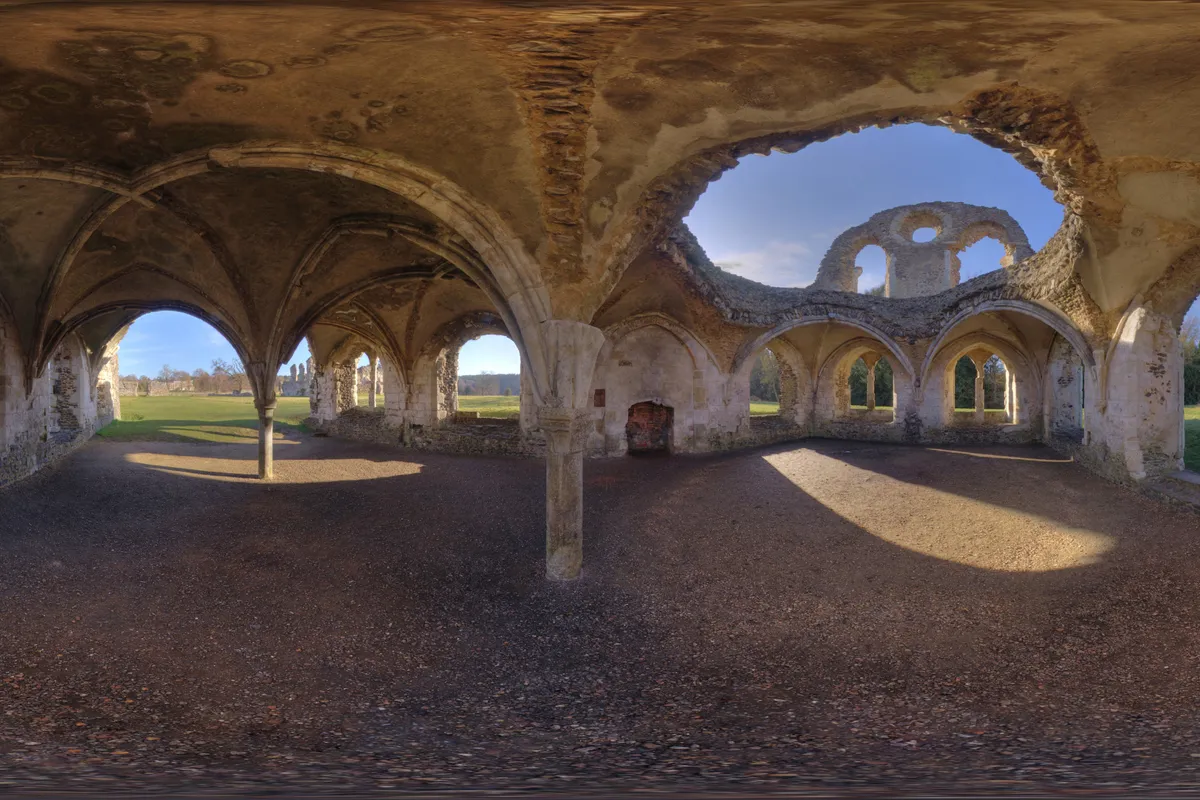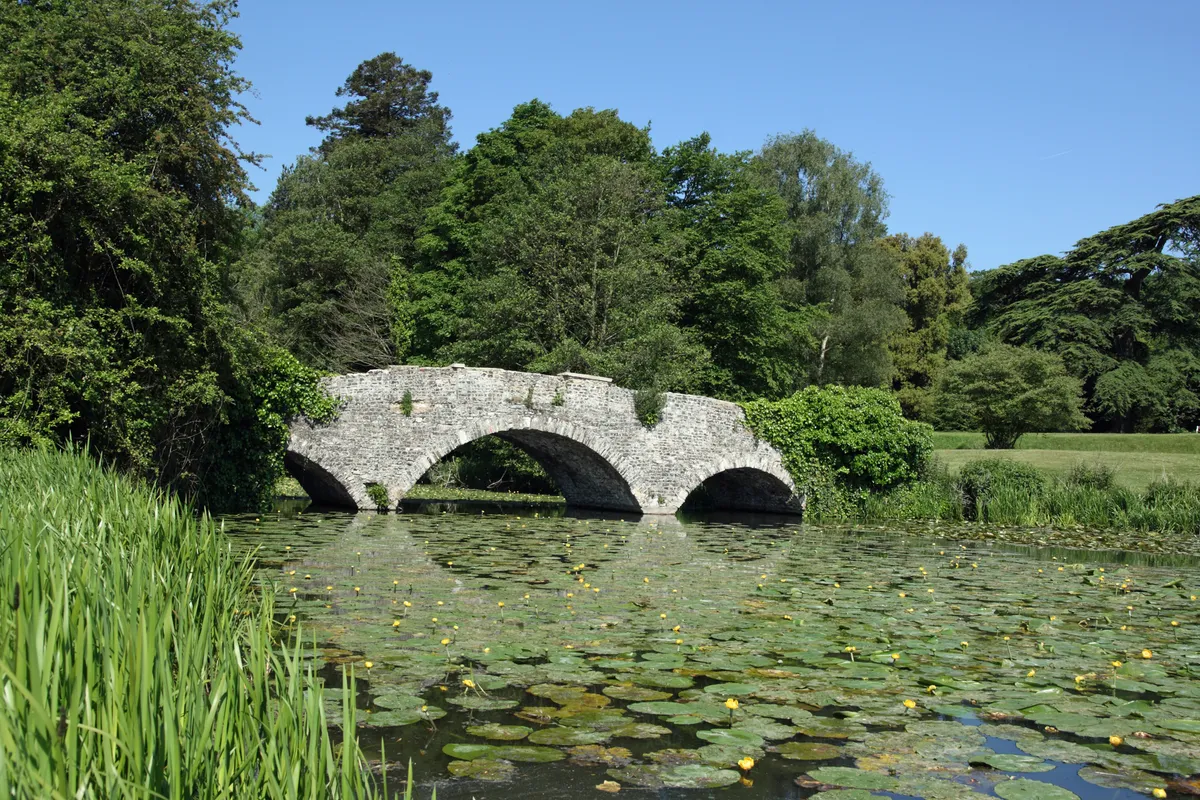As the low November sun slants through the ruins of Waverley Abbey, gilding the grass beyond, you might very well feel transported. The elegantly vaulted undercroft, or cellar, is so potently atmospheric that it’s easy to imagine the monks and lay brothers still walking overhead.
Waverley was the first Cistercian abbey in England, founded in 1128 by the Bishop of Winchester. Situated two miles south-east of Farnham in a tranquil loop of the River Wey, it seems like the perfect place to pursue a life of quiet contemplation. For the monks, however, floods were a regular headache. Many of the abbey’s buildings were submerged in 1265, with the damage impelling a substantial rebuild.

Days of the devotion
The Cistercians were an austere order whose days were structured around worship, devotional reading and hard labour. Their habits of white, unbleached wool pointed up their purity and poverty (and distinguished them from the black-wearing Benedictines). The abbey had its own flocks of sheep, and traded fleeces as far away as Italy.
Equally highly esteemed were the monks’ prayers; it wasn’t unusual for people from across society to travel here in search of salvation. Henry III visited Waverley in 1225; three centuries later, it fell victim to Henry VIII. The site passed into the hands of Sir William Fitzherbert, treasurer to the king’s household, and the abbey’s stones quarried for buildings elsewhere.
Seeking salvation
The grandeur of Waverley’s glory days takes some imagining – the church itself was almost 91 metres long. There was also a cloister, an infirmary and, to the east, the abbot’s lodgings. However, the monks’ dormitory walls still stand, along with substantial parts of the chapter house. Look, too, for the earthwork remains of the fishponds that once kept the monks fed. Not surprisingly, these striking ruins have starred in numerous films, including Hot Fuzz and Elizabeth.

Across the river, you’ll also see Waverley Abbey House, which was built in 1723 on the edge of the abbey precinct. This was the first country house in England to be converted into a military hospital following the outbreak of the First World War, when an estimated 5,000 soldiers were cared for here.
